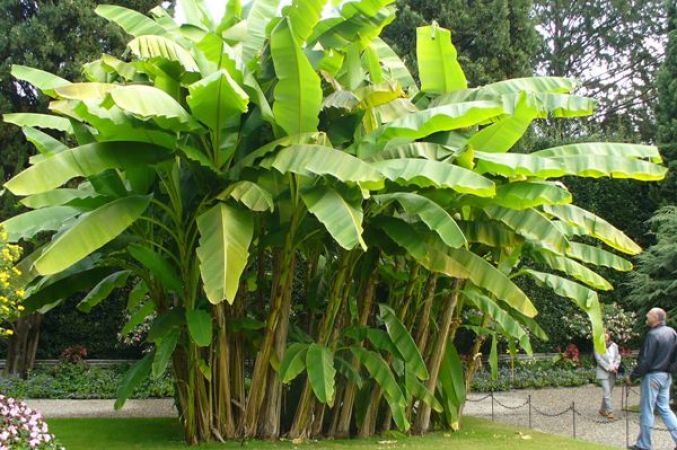
Our ancient scriptures mention the Kalpavriksha and the Chaityavriksha as a deity, which indicates that worshipping trees is indeed an ancient Indian practice. The Ancient Aryans worshipped nature. Plants, trees and the other elements were always revered and several rituals were connected to them.
Tulsi
It is a form of Basil and is sometimes called the Holy Basil. It is very important in Hindu mythology as the goddess consort of Lord Vishnu.
Peepal
It is also called the Sacred Fig or the Bodhi Tree. It was a peepal tree under which Buddha had meditated and gained enlightenment. It is considered the king of the trees in Hinduism and is obviously very important in Buddhism too.
Banyan
Banyan tree is the third most significant plant in Hindu religion. There is usually a temple or shrine below every banyan tree. Or you’ll find banyan trees near temples.
Ashoka Tree
The Ashoka tree is a small evergreen rainforest tree that has beautiful and fragrant red and yellow flowers. It is considered to be a sacred tree in Hinduism, Buddhism and Jainism. The tree used to be a centrepiece in every palatial garden in India.
Sandalwood
Parijaat Tree, Kintoor
This is a unique addition to this list as the Parijaat tree is not the name of a whole species but one specific tree in Kintoor in Uttar Pradesh. It is a unique male tree of the baobab genus. These trees are found in some arid parts of Africa and Australia and are very rare unique and antique trees.
Also Read
Cancer: Effects Of Vastu Defects
According To Vastu, The 'Right' Direction For Planting A Money Plant
Reason Behind Celebrating 'Rang Panchami'